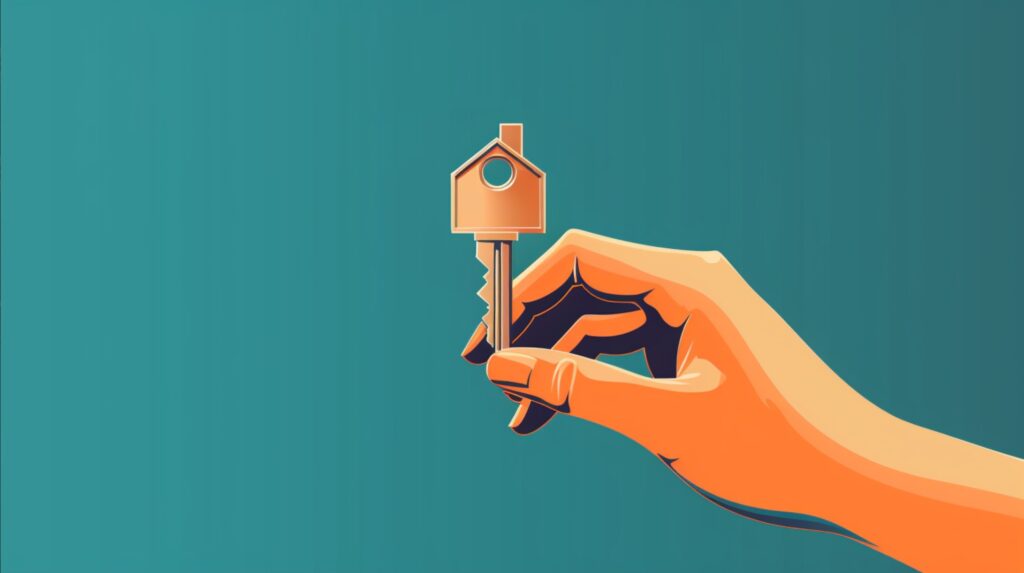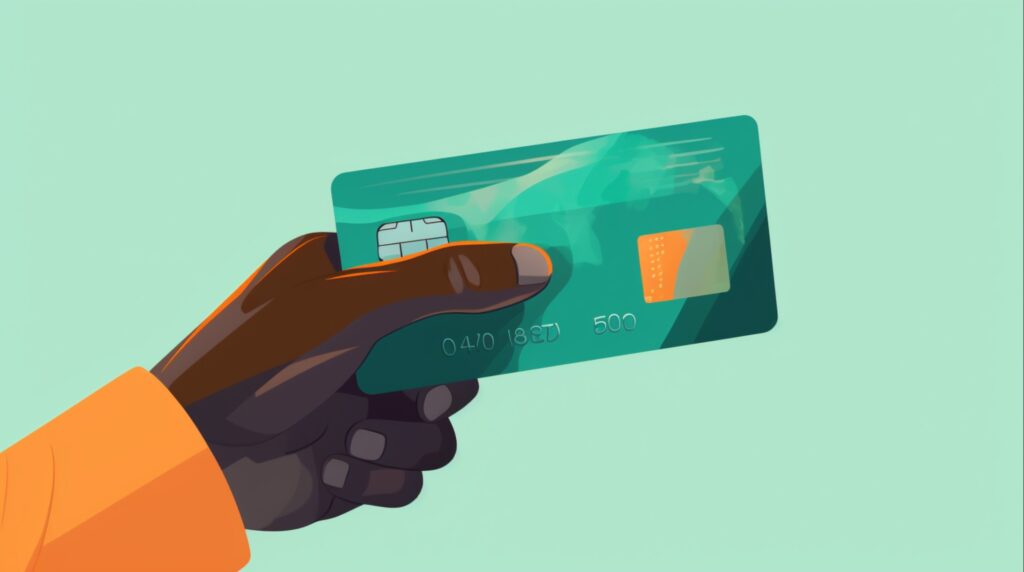
We are reader-supported. When you buy through links on our site, we may earn an affiliate commission.
The pandemic, inflation and political distress catalyzed a volatile and unrealistic housing market. When 39% of prospective home buyers say they can’t afford as low as a 5% down payment, there’s more at play than poor savings habits. However, countless want to check “be a homeowner” off their bucket list, which is possible despite market uncertainty. Today, you can learn how to save for a down payment on a house.
By combining traditional and modern advice relevant to the housing situation in the U.S., future homeowners can have fewer stressful dreams about applying for bank loans and facing closing costs. These techniques address various life circumstances and financial situations to reduce your anxiety when starting to save.
How Do I Know How Much to Save?
Having a goal number is the key to all money-saving strategies. It’s challenging to get started without knowing exactly how much to work toward. Unfortunately, there isn’t a straightforward, one-size-fits-all answer. First-time homebuyers may not require anything, yet others may need as much as 10-20% — though some say this is a myth. Every state has unique programs, including veterans and those with student loan debt which causes the suggested down payment price to fluctuate.
Knowing the state you want to live in before saving is vital because they could offer programs for homebuyers in your unique situation. Some states even offer grants for people moving to their states to encourage population growth.
It would help if you met with a loan advisor at a bank to get more details. They can explain the types of loans available and what their down payment requirements are, including:
- Federal Housing Administration (FHA) loans
- Fixed-rate mortgages
- Job-specific loans, like the VA or USDA
Professionals can see what you’re eligible for by analyzing your financial life and employment history to determine if the best option for you has a contingency.
How Do You Save for a Down Payment on a House?
These strategies range from practical to experimental, adaptable to many lifestyles and job situations. If you attempt a plan that doesn’t stick, try another one until you find one that does. The benefits of saving for a down payment, like lower loan interest rates and better money habits, outweigh the stress of getting started.
1. Find Storage That Increases Savings Value
Money under a mattress or in a traditional savings account won’t accumulate substantial interest and will lose value over time because of inflation. Where you place your funds depends on how long you want to save for the down payment.
High-yield savings accounts are the best option for outpacing, or at least keeping up with, inflation. Another possibility is reliable investments, like index funds. Before choosing any investment activities, it’s critical to discuss options with a broker to avoid surprises or penalties when moving money.
2. Don’t Underestimate Pennies
Every cent matters. If you don’t believe so, put it into perspective — saving one dollar every day from birth to your 21st birthday, could’ve provided enough money for a home down payment in certain states. Since you can’t change the past, you must use the power of spare change now to build saving velocity.
Many apps and banks, including Mint and Ally, offer round-up programs that analyze purchases in connected accounts, round them up to the next dollar, and transfer those extra cents into a savings account. Even if it’s a few dollars a day or $20 a week, automation in savings will supplement more rigorous savings efforts.
You can even incentivize yourself to do small transfers. For example, a hard day at work entices many to go out for a night at the pub with coworkers to vent. Two drinks and food could effortlessly rack up a hefty tab. Consider declining these invitations and transferring the money you would’ve spent out into your home savings account.
3. Reach Out for Help
Don’t let pride overtake you during the down payment saving process. Get professional or personal help, depending on community availability and the quality of your support system. Here are some places you can seek aid to increase savings speed:
- Contact family and friends, asking for cash gifts for birthdays and holidays.
- Meet with your employers to ask for a raise to increase income.
- Consult with loan servicers to find interest rate reductions or other programs to improve debt-to-income ratios.
- Call your retirement savings provider to see how you can use retirement savings to invest in your home with few to no penalties.
- Negotiate with utility providers for lower rates.
- Contact city and state departments to discover down payment matching opportunities or other programs to supplement savings efforts.
4. Live Like No One Else, So You Live Like No One Else
This famous sentiment from financial expert Dave Ramsey makes a point about saving for homes. Many want to save aggressively without making concessions. However, something has to change to find opportunities to set aside money, and they can manifest in radical or more subtle ways.
Consider downsizing for two years while you pocket the extra money from rent. You may have to handwash dishes or visit the laundromat, but another few hundred a month is substantial.
A more intense version of this ideas is to look into tiny homes or move back in with family or friends to split expenses while you save. Another option is to transform your spare room into a rental to obtain a side income without investing in moving costs. If you currently rent, check with your lease agreement to see if you’re legally allowed to sublet or you could get hit with fees or evicted.
5. Be Honest With Yourself
Expend most of your house-saving energy on analyzing your budget. It requires brutal honesty and a detailed audit of your spending habits. The best way to start this process is by categorizing your spending into buckets. These buckets vary depending on your lifestyle, but some include:
- Eating out
- Entertainment
- Utilities
- Debt and credit cards
- Insurance
- Rent
- Groceries
- Personal items, like clothes or toiletries
- Technology
- Hobby-related expenses, like puzzles or paint
Bank and credit card statements reveal much about your spending, including impulsivity, emotional spending and unnecessary subscriptions. The evidence will explain a lot about your budget so you can create an honest, sustainable savings plan:
- What buckets do I spend the most money in, and what numbers could decrease, such as eating out for cheaper groceries and packed lunches?
- Am I relying too much on credit cards and paying unnecessary interest or fees?
- Are there other savings goals, such as buying a new car or phone, that can pause?
- What expenses can the household cut without losing quality of life, such as subscription boxes or frequent Door Dash?
- Could the household forgo an expensive vacation and take a shorter one?
- Do I need another book, video game or app when I can use what I have?
Reducing the Stress of Saving for a Home
Starting to save for a down payment on a house can be one of the process’s most exhilarating yet debilitating experiences. It can feel like you’re making progress one second, and the next like mere pennies are in the bucket. These tips should encourage you to find opportunities with every cent. In time, the dedication will pay off with a set of keys in your hand to the next step in your life.










